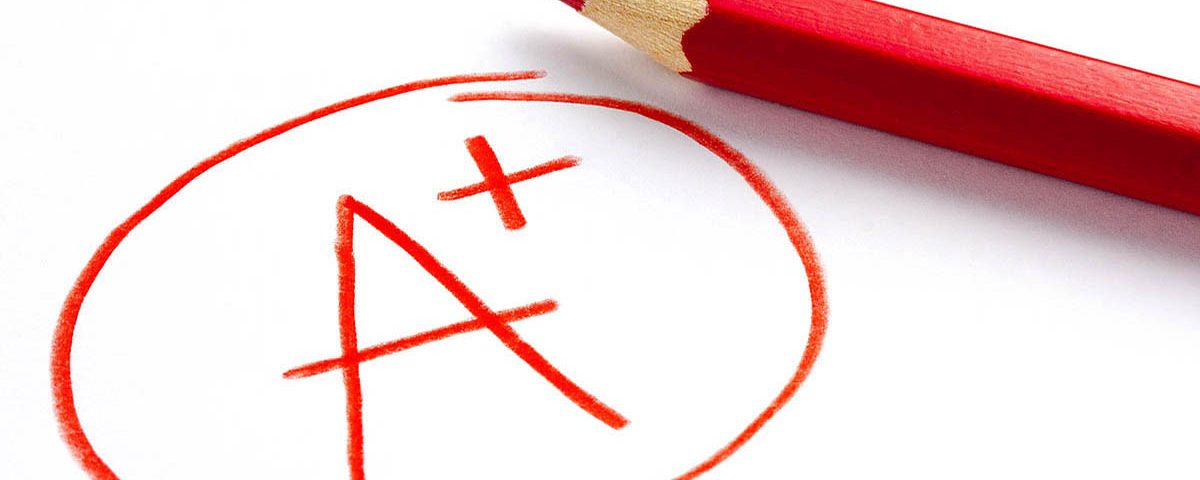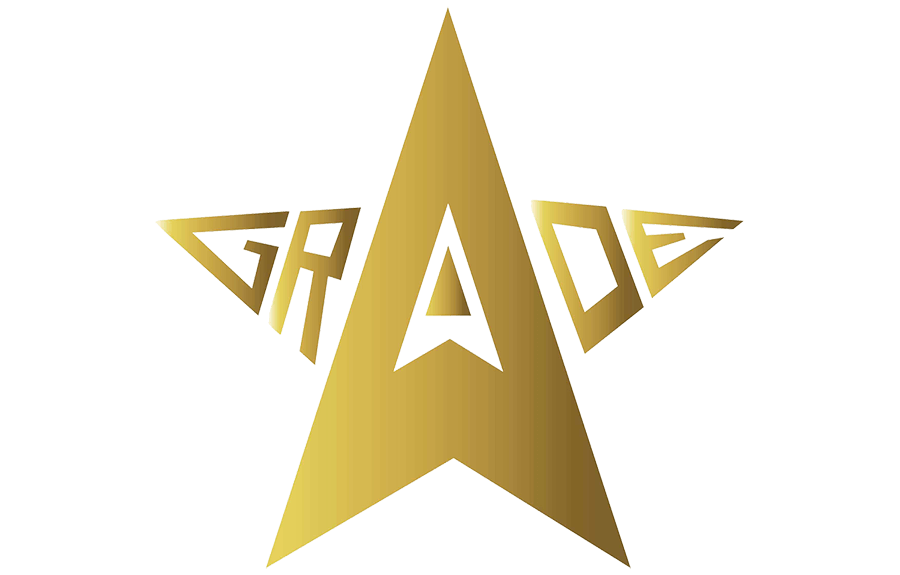Where does the concept of A-GRADE come from?
Where does the concept of A-GRADE come from?

The postgraduate programme GLOBAL COMMUNICATION at the Chinese University of Hong Kong is among the best in Asia.
One of my lecturers at university was a former well-known radio host and news anchor for several Hong Kong TV stations. He was also one of five news anchors who had the honour of hosting the July, 1st 1997 handover of Hong Kong from the British back to China. He was not only training and consulting Asia’s top-managers and CEOs from all industries, but also university students like me in his public relations and media training classes. I still use a number of his great concepts today.
Thank you, Li Chan Wing 李燦榮
In order to get an A grade in his class, we were supposed to give the A-Grade Answers and provide “outside-the-box solutions”. He wanted us to really use our genius to pass his class!
Receiving “C-Grade” for a task meant that we were able to understand the questions and tasks, a “B-Grade” meant that we were able to apply what we had learned; we only received an “A-GRADE” when we were giving:
- a SMART answer that leaves a lasting impression
- a SOLUTION that is out-of-the-box and extraordinary
- a CONCEPT that is effective and workable
A particular homework we received made me grasp the concept of the A-Grade Answer for the first time. It triggered my creative thinking and changed my perspective on how I approached challenges from then on. Our task was to imagine that we were at an interview for a job in public relations at the university. Our answer to the next question would decide if we got the job or not. So he said to me:
"Give me the A-Grade-Answer to the questions: What sort of ice cream do you like most?"
If you said: “Strawberry, chocolate or vanilla”, you received a C-grade answer. This means that you understood the question and could answer accordingly. If you can actively apply the content, you might have gotten the B-Grade answer right. A-Grade here is about how you could really impress with your answer. What answer secured my “A” for this class?
My answer to this question:
ANYKIND, AS LONG AS YOU PAY !!! :-)
I got my A-GRADE in Public Relations!


